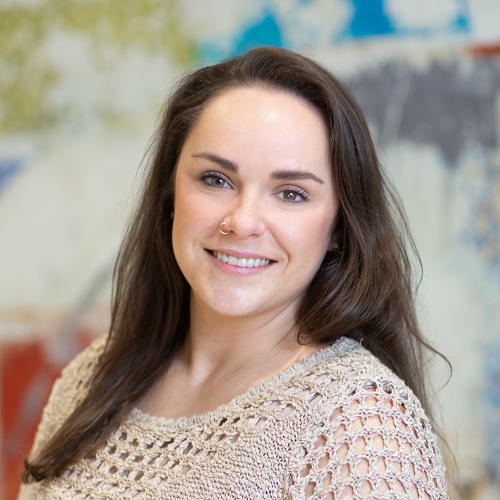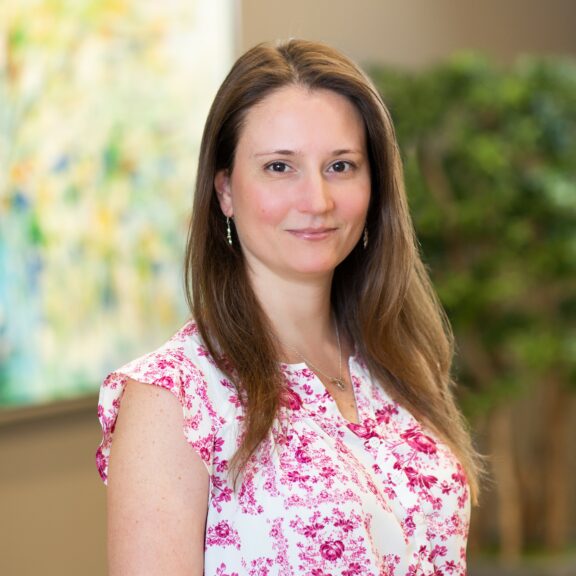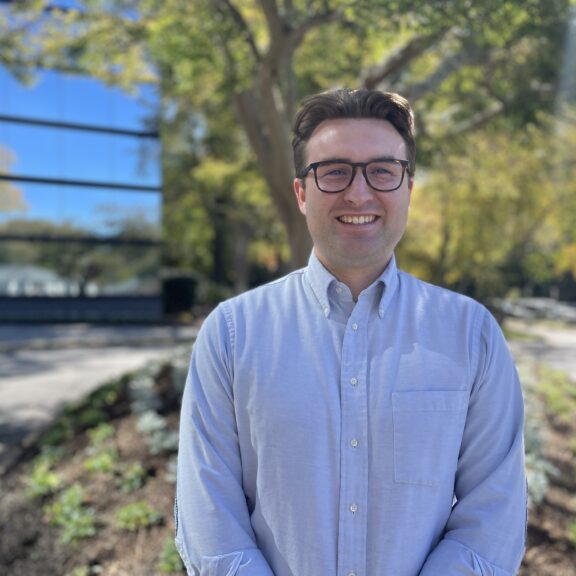David Barton is going on 20 years of drone expertise, but the excitement in his voice when talking about his career reminds me of someone who is still in the honeymoon phase of their new job. After getting to know him, I can tell you firsthand that David’s passion for flying isn’t going anywhere anytime soon.
When David graduated high school, he was recruited by a government contractor to support work for the U.S. Government. His work in software and hardware sparked his interest in another newer technology to enter the intelligence pipeline—remote sensing and operation. He was introduced to airplanes and helicopters as vehicles for information gathering, a path that led him directly to working with unmanned aircraft systems like drones.
“For most of my career supporting the U.S. Government, I couldn’t talk about what I do, so after about 15 years I decided to move on to an industry that I knew I could grow into,” David says. “I wanted to be among the first in an industry which would see a rapid evolution of technology, so I began flying in the A/E/C industry to grab images of projects during their construction.”
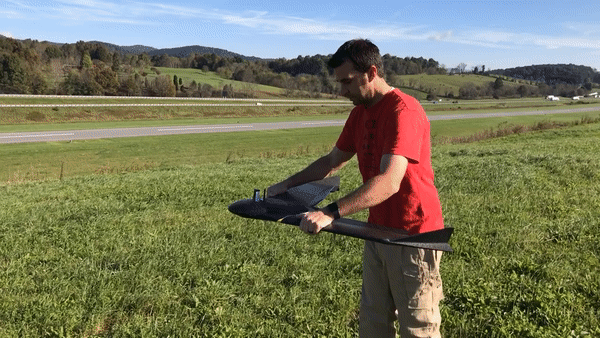
David has flown all types of unmanned aircrafts like multi-rotor, fixed-wing, and helicopter drones, some of which are even designed for the cinema industry. Each one requires a particular kind of care and expertise.
David’s tools range from the smaller DJI Phantom to the Alta X by Freefly Systems, which is considered to be one of the largest and toughest unmanned aircrafts on the market. It can fly for up to 30 minutes at a time and can carry a load of up to 35 pounds. The drone itself weighs about 20 pounds, making this 50-pound sky-bound vehicle a metal and carbon fiber power force. Make no mistake, this craft is big, but its 33-inch collapsible propellers allow David to pack it up and take it on the go wherever duty calls.
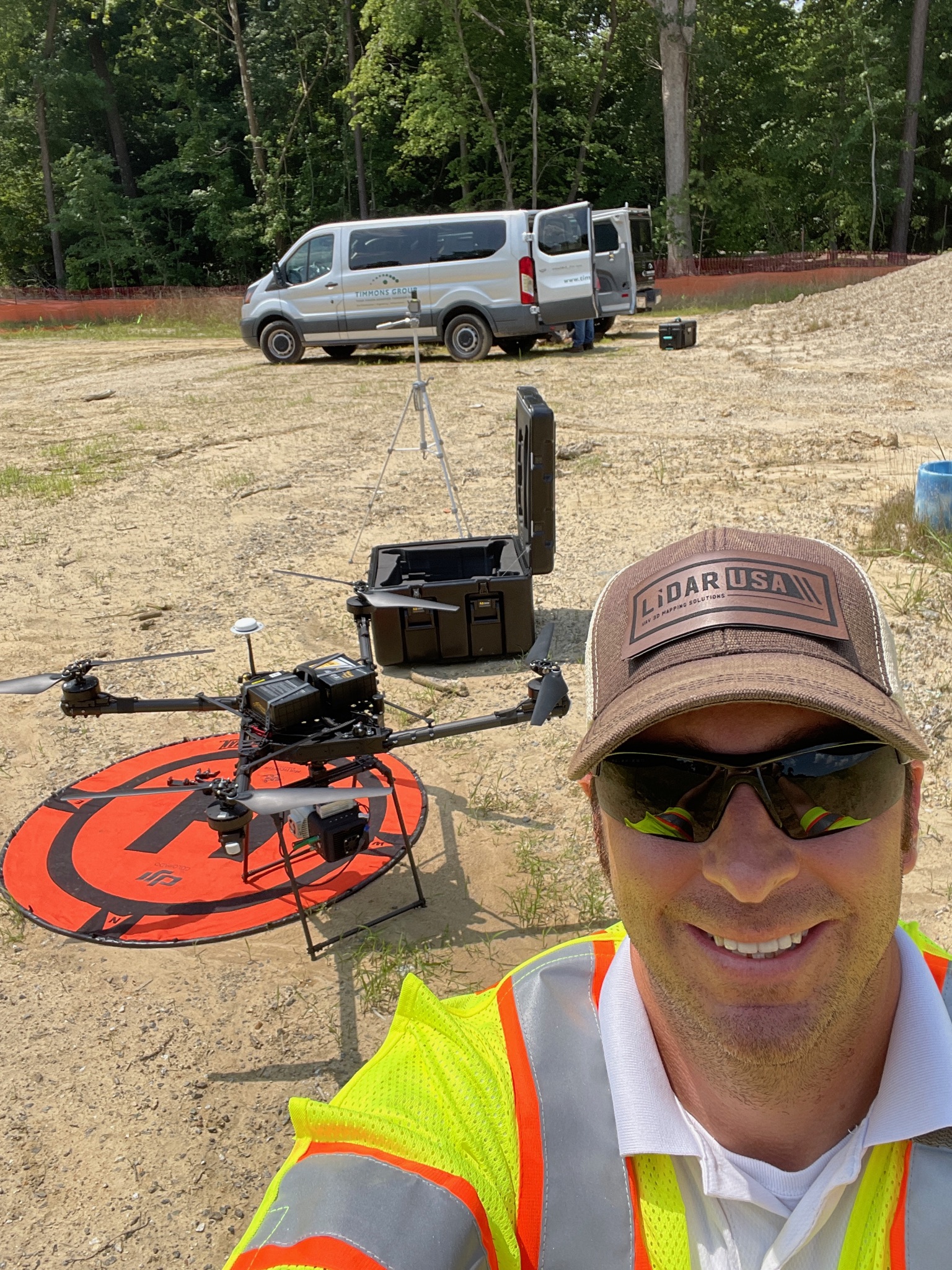
In 2016, the use of drones for commercial application was approved by the FAA. David flew drones as an amateur before that, but now he has capabilities and licenses that allow him to pilot where most others can’t. “The FAA allows me to fly drones up to 400 feet above ground level, so I can take images with a higher resolution than a manned aircraft typically can at thousands of feet,” he says.
The FAA has enacted a series of restrictions to support their Remote Pilot certification. To become a Certificated Remote Pilot, you need to be 16 years old; be able to speak, read, write, and understand English; be in a physical and mental condition to safely fly a drone; and be able to pass the initial aeronautical language and knowledge exams.
The exams include topics like effects of weather on unmanned aircrafts, use of personal protective equipment, emergency procedures, crew resource management, radio communication, and aeronautical decision-making and judgement.
When David is in the field, he takes special care to ensure he’s following all the FAA protocols that allow him to safely conduct business as usual. He wears an orange reflective vest so both his crew and potential pedestrians can’t miss his position. The helipad he uses as a launch and return point is also bright orange, matching is personal garb. “These reflective materials are necessary when flying during the day or at night,” David says. “I also secure an anti-collision strobe to the drone that is visible from three miles away so any aircraft can see me in the sky if we are flying at night.”
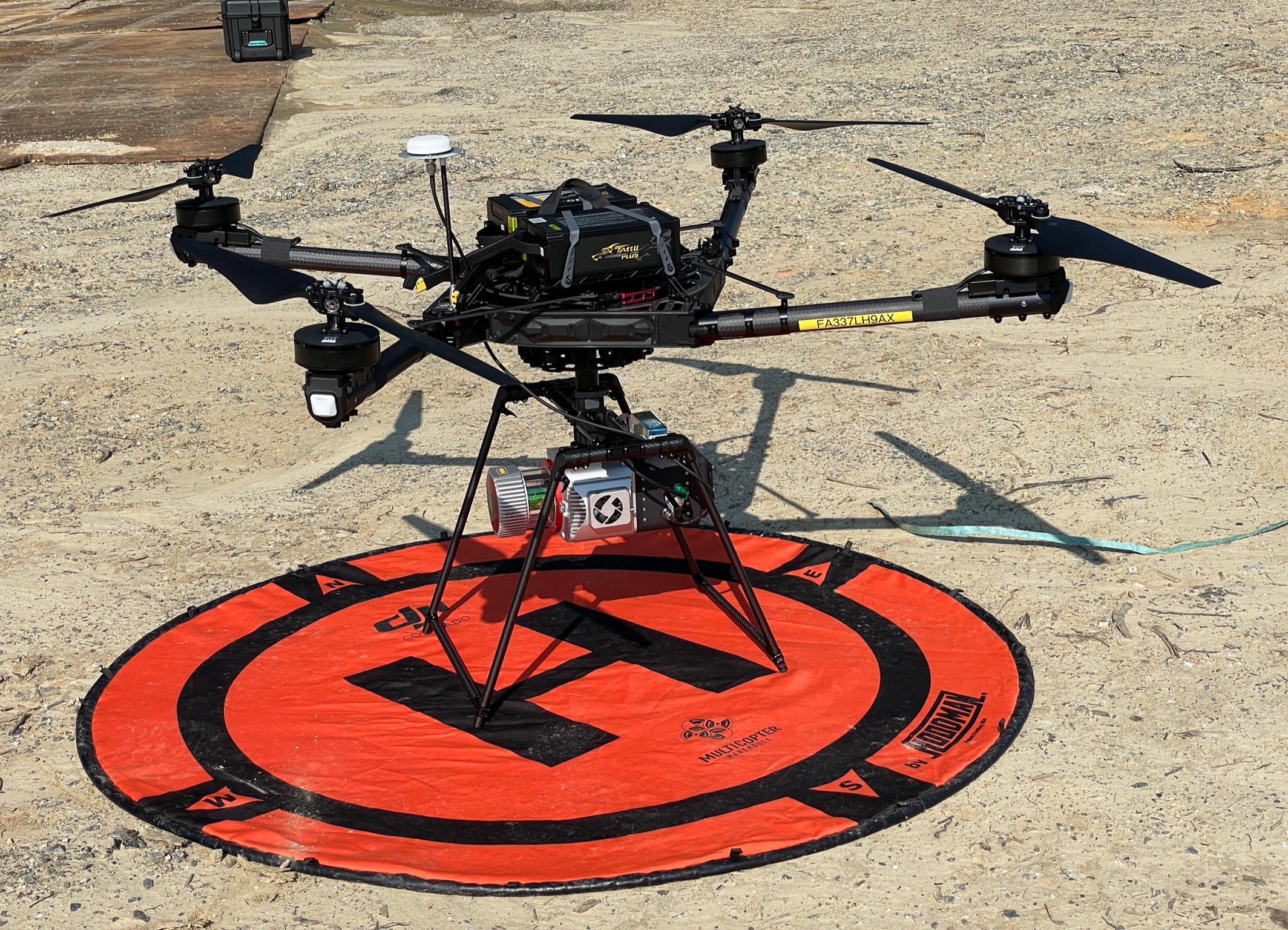
“Nearly every flight we conduct utilizes visual observers,” David says His visual observers play a crucial role for a safe experience in the field. They assist him via radio when anything could become intrusive to the flight, including things in the sky or on the ground.
Unexpected wind or rain could crop up at any moment, even if the forecast is clear, so David and his visual observer are always in contact with one another to communicate about sudden weather changes that might occur in his flight path. “The visual observer is very important to a safe flight because they can help me keep an eye out for weather or other things in the airspace like towers, wires, other aircrafts, or sides of buildings.”
The visual observer also communicates with David if a pedestrian comes into the mix. “I love when people are excited about our drone work and want to talk about it, but I’ll ask them to stay clear of our work area until I have finished the operation, then I can chat with them. For the safety of myself and others, I need to ensure that no one is in harm’s way if anything were to happen to the drone.”
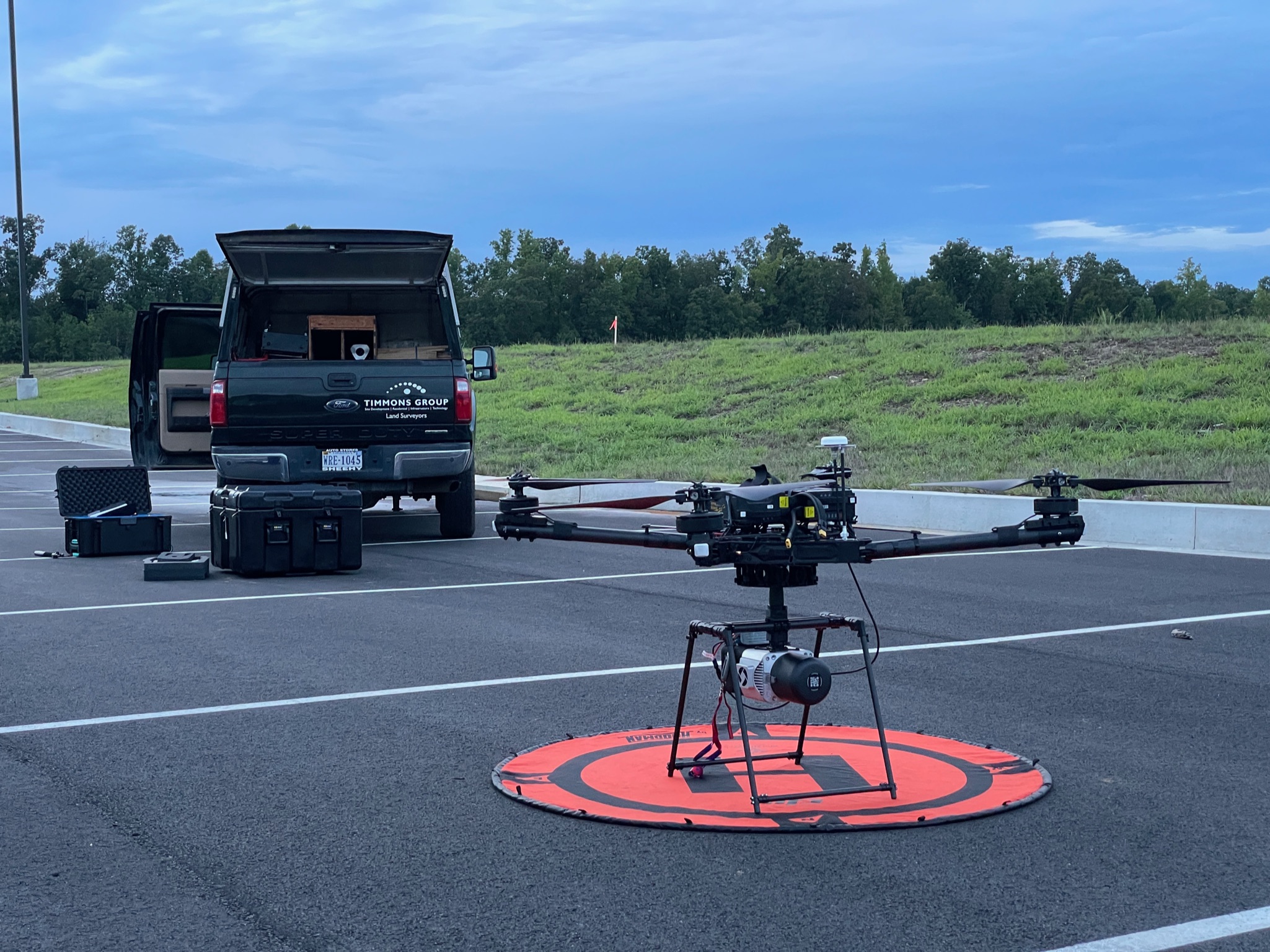
Before hitting the sky, David also conducts preflight checks on the condition of his drone from top to bottom. He ensures that screws on the body and wings are secured, checks his battery life (though he’s always prepared with spares!), and checks that his remote software is operating properly.
Alongside checking the condition of the drone, David also checks in with himself to make sure he’s comfortable and prepared for flight. You’ll often catch him wearing protective sunglasses in the field, an item that, while seemingly simple, is crucial to a safe flight. When David is staring into the sky for minutes or hours, the sun can hinder his view, making it difficult to see a projected flight if he’s not prepared.
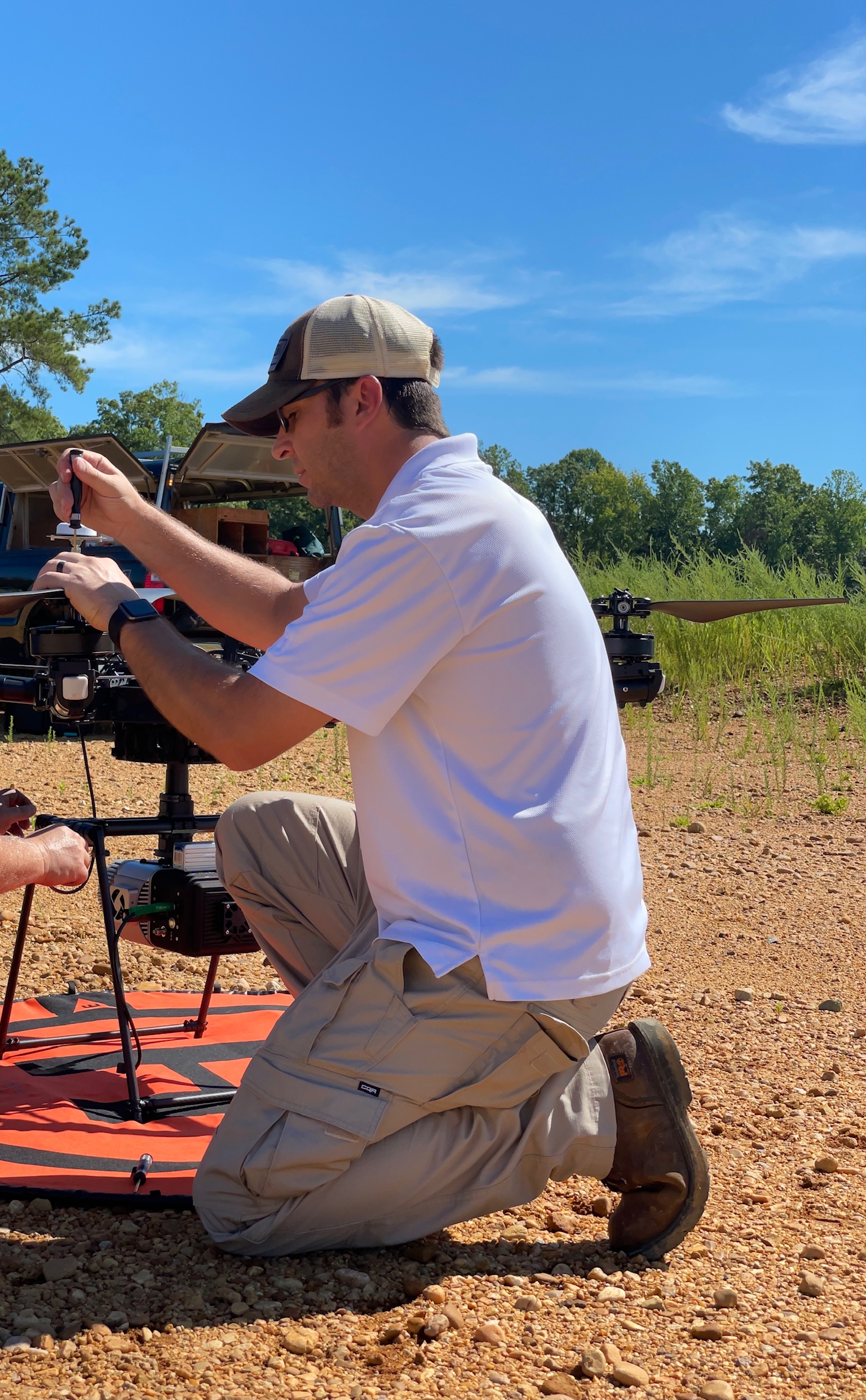
Phew! There are a lot of things to keep in mind when flying a drone and safety is the number one priority. While David makes it look and sound effortless, it’s obvious that this job is not for the faint of heart or mind.
I’m already looking forward to the next time I catch David flying in the field! Hearing about his safety protocols is one thing but seeing them in person is another. One thing I know for sure is that I’ll not let my instinct to run up and say hi get the best of me. I’ll wait patiently as David safely lands his drone before I bombard him with another round of interview questions!
Be sure to follow David on Instagram for all things drone and LiDAR related!
